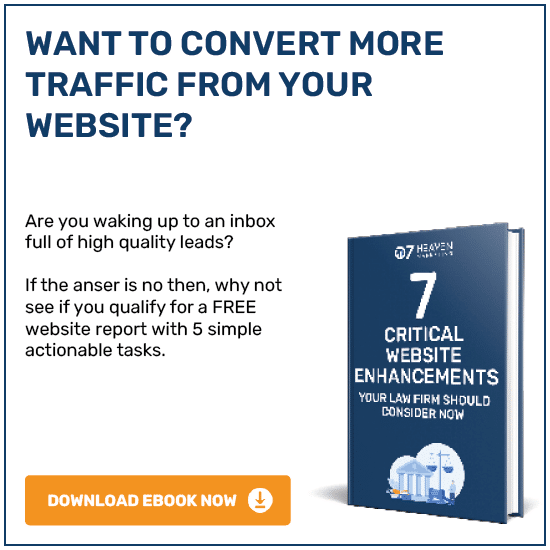Introduction to email whitelisting
Email whitelisting is a key factor in ensuring marketing emails reach the recipient inbox. Understanding this process benefits marketers by improving email engagement and deliverability.
When emails avoid the spam folder, recipients are more likely to open and interact with them. This article explains why email whitelisting matters from the recipient perspective.
What email whitelisting means for recipients
Email whitelisting is when a recipient adds a sender’s email address to a trusted list. This action tells email client settings and spam filters to allow messages through to the inbox.
Recipients control their user email preferences and can decide which marketing email campaigns they want to receive. By whitelisting, they reduce the chance of missing important offers or updates.
This process improves the sender reputation and helps email authentication methods work effectively. It is a simple step that supports better email deliverability metrics.
How email whitelisting improves deliverability
Email deliverability depends on whether messages reach the inbox or get caught by spam filters. Whitelisting signals to these filters that the recipient trusts the sender.
When more recipients whitelist an email address, the sender’s reputation improves. This leads to higher chances of future emails landing correctly in the inbox.
Marketers benefit because better deliverability means higher open rates and stronger email engagement strategies. It also reduces bounce rates and complaints, which can harm sender reputation.
Steps recipients can take to whitelist marketing emails
Recipients can whitelist marketing emails through a few simple actions. These steps vary slightly depending on the email client but generally include:
- Adding the sender’s email address to the contacts or safe sender list.
- Marking the email as not spam if it lands in the junk folder.
- Creating a filter or rule to always allow messages from the sender.
Encouraging subscribers to whitelist emails is a useful marketing email tip. Marketers should provide clear instructions to make the process easy for recipients.
Real-world examples of email whitelisting benefits
Many businesses see clear improvements after encouraging email whitelisting. For example:
- A retail company asked customers to add their address to the safe sender list. This increased open rates by 20% and boosted sales during promotions.
- A charity organisation provided simple whitelist steps in their welcome email. This reduced their emails going to spam and improved donor engagement.
- An online service included whitelist instructions in their onboarding process. They saw better email deliverability metrics and fewer support queries about missing emails.
Viewing email marketing from the recipient perspective
Understanding email whitelisting from the recipient point of view helps marketers design better campaigns. It highlights the importance of user control over email preferences.
Marketers should respect recipients’ choices and make whitelisting easy. This approach improves trust and ensures messages are welcomed, not ignored or marked as spam.
For more marketing email tips, consider how your emails appear in different email client settings. Make sure your emails comply with email authentication methods to support deliverability.
What to do next
Marketers can improve campaign success by educating subscribers about email whitelisting. Clear communication and simple instructions help recipients whitelist emails confidently.
Improved email deliverability and engagement follow when recipients trust and allow marketing emails. This benefits both senders and receivers in the long term.
Encourage further engagement via our blog or contact us via email or telephone 01702 410663
Frequently asked questions
What is email whitelisting and why is it important?
Email whitelisting is when a recipient adds a sender’s address to a trusted list. It helps ensure marketing emails reach the inbox instead of the spam folder, improving communication.
How does email whitelisting improve deliverability?
Whitelisting signals to spam filters that the sender is trusted. This improves the sender’s reputation and increases the chances of emails arriving in the inbox.
How can recipients whitelist marketing emails?
Recipients can whitelist by adding the sender’s email to contacts, marking emails as not spam, or creating rules in their email client to always allow messages from the sender.





